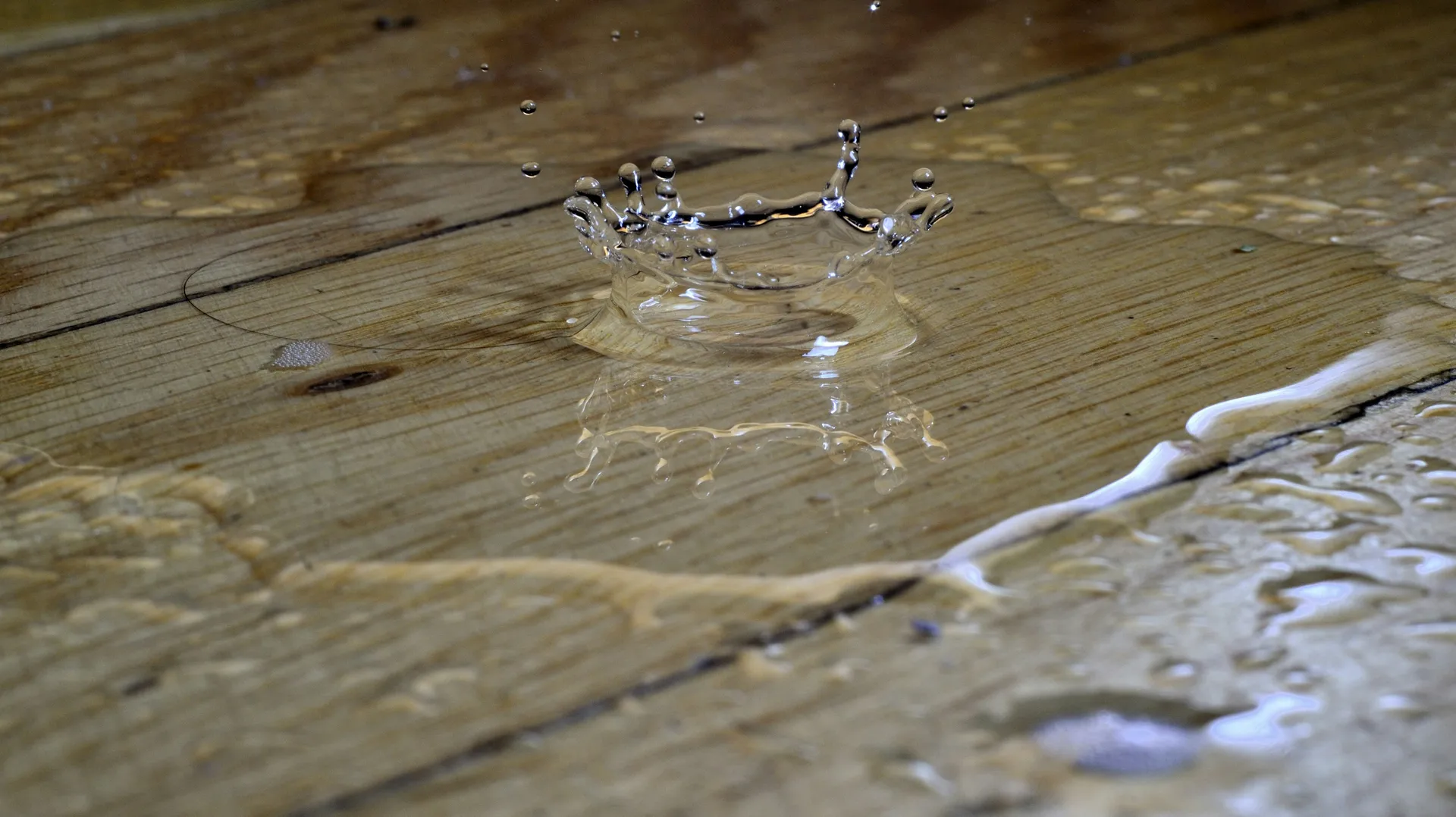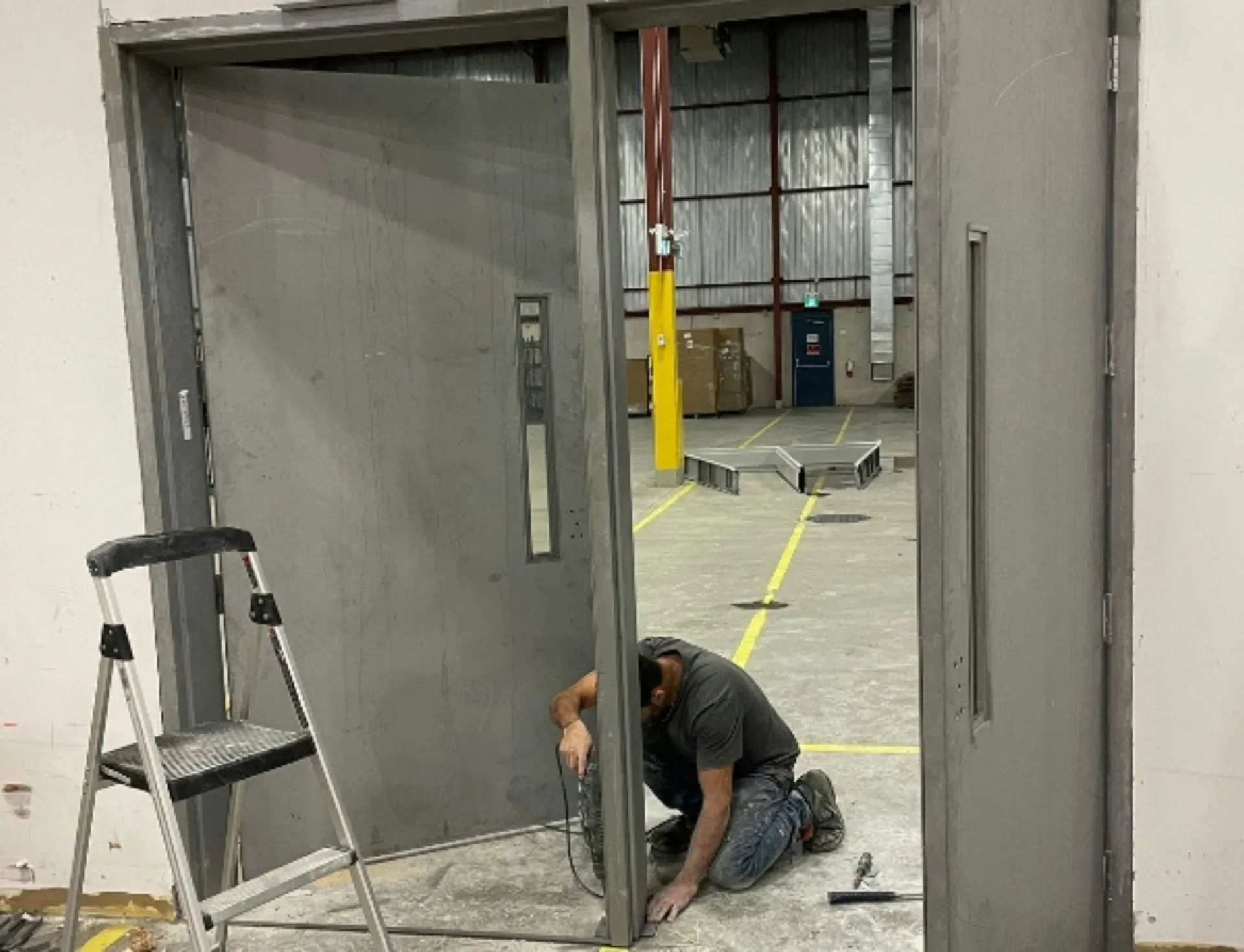
Leak Repair Services: A Guide to Costs and Finding a Pro
A leak in your home can range from a minor annoyance to a major disaster. As a master plumber, I know that the most critical first step in any leak repair is correctly identifying the source and type of leak. This guide is your central hub for diagnosing your leak and finding the specific, detailed repair guide you need. Let’s get to the bottom of it.
Key Takeaways
- Diagnosis is #1: The location of the water is the most important clue to diagnosing the source of the leak.
- Temporary Fixes are Temporary: Products like leak tape can buy you time but are never a permanent solution for a pressurized pipe.
- Some Leaks are Emergencies: Suspected main line leaks, mold, or signs of structural damage require an immediate call to a professional.
- Think Outside the Pipes: A water stain on the ceiling isn’t always a plumbing problem; it can often be a roofing issue.
Leak Triage: Where Are You Seeing Water?
This is where we begin our diagnosis. The location of the water damage is your primary clue. Find your situation below to be directed to the right, in-depth guide.
On the Ceiling or Walls?
This often points to a roof leak or a pipe leak within your walls or ceiling joists.
→ Start with our Leaking Roof Repair Near Me checklist to rule out roof flashing, shingles, or vent problems. If the stain lines up with upstairs plumbing, shut off that fixture’s supply valves and call a licensed plumber for a diagnostic opening before the saturated drywall collapses.
When diagnosing a ceiling stain, it’s crucial to think from the outside in. Before you open up drywall, a thorough roof inspection is often the first step. I look for compromised flashing, cracked shingles, or issues with roof vents directly above the interior leak. Sometimes the simplest fix is on the roof, not in the plumbing.
In the Basement?
Basement water can come from an internal plumbing leak, a foundation crack, or poor exterior drainage.
→ Use our full walkthrough in Basement Leak Repair: Costs & Fixes to separate groundwater intrusion from pressurized plumbing leaks and map out the right pro to call.
Around Your Faucet or Sink?
This is one of the most common household plumbing issues, often caused by a worn-out gasket or O-ring.
→ Shut off the hot and cold stop valves, pop the handle, and swap the cartridge or O-ring. If the valve body is pitted, plan on replacing the entire faucet; a pro repair averages $150 - $300 including parts.
At the Base of Your Toilet?
Water pooling around the base of your toilet usually indicates a failed wax ring seal, which needs to be replaced.
→ Turn off the supply, flush to empty the tank, disconnect the water line, and lift the toilet to install a new wax or rubber seal. If you see subfloor rot or rocking, budget $250 - $450 for a professional rebuild.
From Your Water Heater?
A leaking water heater needs immediate attention. It could be a simple valve issue or a sign of tank failure.
→ Inspect the cold-water shutoff, TPR valve, and drain valve. Tighten connections if they seep, but if water weeps from the tank shell, plan for a full replacement and turn the gas or power off immediately.
Outside, from a Spigot or Hose Bib?
Exterior faucet leaks are common after a winter freeze and often require replacing internal components.
→ Replace the vacuum breaker gasket and packing nut first. If the stem split from freezing, swap in a frost-proof sillcock. Persistent leaks inside the wall mean it’s time for a plumber before the cavity floods.
Temporary Fixes: Do Leak Tapes and Stoppers Work?
I’m often asked about quick-fix products. Here’s my professional take:
A Temporary Patch, Not a Permanent Fix
Products like leak repair tape and epoxy putty can be effective temporary, emergency patches for small, low-pressure pipe drips. They can buy you valuable time to shut off the water and call a professional. However, they are never a permanent solution for a pressurized supply line. They will eventually fail, and the underlying problem still needs to be addressed by a professional.
When to Call a Professional Immediately
While some minor drips can be managed, certain situations are true emergencies that require an immediate call to a licensed plumber.
Emergency Leak Situations
If you have a gas-powered water heater and see water leaking from it, shut off the water supply to the tank and call a professional immediately. Water and gas systems in close proximity are not a DIY situation.
Overview of Leak Repair Costs by Type
Please note that these are for general guidance to give you a budget ballpark. The final cost of any leak repair will depend on the accessibility of the leak, the extent of any related water damage, and local labor rates.
Common Leak Repair Cost Tiers
| Leak Type | Complexity | Professional Repair Cost |
|---|---|---|
| Faucet / Toilet Leak | Low | $150 - $400 |
| Roof Leak (Localized Patch) | Medium | $450 - $1,500 |
| Slab or Foundation Leak | High | $2,000 - $7,000+ |
| Pipe in Wall / Ceiling | High | $500 - $2,500+ (plus drywall repair) |
Recurring roof leaks? If you’re facing frequent roof patches, it might be time for replacement. Use our roof replacement calculator to compare repair vs. replacement costs based on your location and roof size.
Cost ranges reflect 2024 national averages compiled from the HomeCost Advisor contractor network, Plumbing-Heating-Cooling Contractors Association (PHCC) surveys, and National Roofing Contractors Association (NRCA) service pricing datasets.


